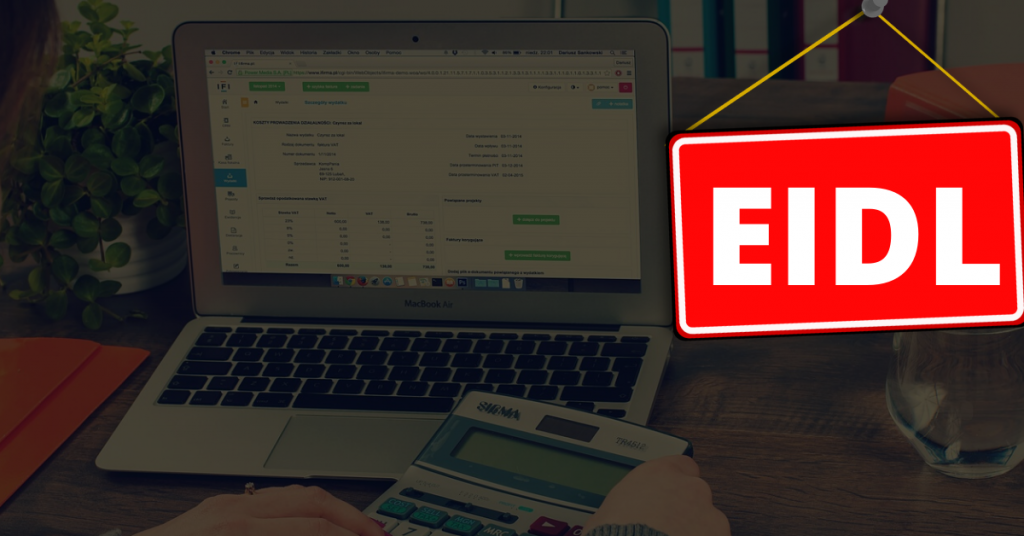Economic Injury Disaster Loans – What Small Businesses Need to Know

If you’re a small business owner then you must know about the CARES Act by now. To assist small businesses during the COVID-19 outbreak, the federal government had passed multiple loan packages to provide billions for the cause of supporting small businesses and their employees.
Currently, the SBA’s Economic Injury Disaster Loan Program is on hold. Though this loan program has already existed, it has been expanded with an additional amount and terms from the CARES Act.
As part of the CARES Act, the EIDL program was providing up to $2 million of financial assistance to small businesses or private, non-profit organizations affected by the coronavirus pandemic. This loan is made by SBA directly and a $10,000 advance on the loan can be requested that does not have to repay, making it effectively a grant.
As of last Thursday, however, the SBA states in its site that it is unable to accept new applications at this time for the Economic Injury Disaster Loan (EIDL). EIDL applicants who have already submitted their applications will continue to be processed on a first-come, first-served basis.
Tuesday, however, the U.S Senate approved a bipartisan, nearly $484 billion interim emergency bill to the EIDL program includes expanded funding for small businesses and hospitals and money for coronavirus testing.
So if you’re planning on applying for an EIDL loan and don’t know where to start, we are here to help you. In this post, we will share all the important things you need to know about the EIDL program.
What is the Economic Injury Disaster Loan (EIDL)?
An Economic Injury Disaster Loan is a loan up to $2 million, is intended to provide financial relief to businesses caused by COVID-19 pandemic. These funds are intended to cover everyday business expenses such as payroll, rent payments, mortgage payments, accounts payable, and other operating expenses. Moreover, these loans include an up to $10,000 forgivable advance.
Interest rate on EIDL loans goes down to 3.75% for small businesses and 2.75% for non-profits. Depending on your business’ needs, repayment terms can vary, but you can expect the terms to go top out of 30 years.
The loan offers special benefits such as no payments for one year, no cost to apply, and no obligation to secure the loan.
Qualification Requirements for an EIDL
The eligibility requirements for the EIDL are slightly different from PPP loans and are intended to provide economic support to small businesses to help overcome the temporary loss of revenue resulting from the COVID-19.
To qualify for an EIDL, your business must fulfill the requirements set by the SBA. You can be approved if you:
- Have a place of business in the U.S with fewer than 500 employees
- Operate as a sole proprietorship, independent contractor and self-employed person
- Are a private non-profit organization or 501(c) 501(d), or 501(e)
Besides that, businesses in certain industries may have more than 500 employees, so it’s vital to check SBA’s size standards before applying for the loan.
Situations You Might Think Of Using an EIDL For:
- Maintaining Payroll
- Providing paid sick leave to employees
- Paying accounts payable and fixed debts
- Maintaining increased costs to obtain materials
- Making rent or mortgage payments
- Paying other bills that can’t be paid due to COVID-19 outbreak
How to Apply for an EIDL?
For the COVID-19 version EIDL program, the SBA launched a simplified application process to get funds faster and SBA says it will not take you more than 2 hours to complete.
To successfully apply and complete the online application, here is some of the documentation and information you will need to have on hand:
- The legal and trade name of your business
- Social Security Number (SSN) for applicants
- Gross revenue numbers for January 31, 2019 – January 31, 2020
- Cost of goods sold for January 31, 2019 – January 31, 2020
- Number of business employees
- AP and AR as of the date of filing for the loan
- 3 years’ 1040 Federal Income Tax Returns for the business & owners
- Most recent profit and loss statement
- Schedule of Liabilities listing all fixed debts (SBA Form 2202)
- Personal Financial Statement (SBA Form 413)
- Monthly 2 years’ cash flow projections
- 3 years’ monthly sales history
- Tax Information Authorization (IRS Form 4506T)
Make sure to gather all the documentation in advance and provide accurate information. If there are errors in your application, you will have to correct and submit them once again. All these mistakes can waste a lot of your time and energy, so make sure you do it right for the first time.
While the EIDL loan application deadline varies from state to state, plan on submitting before December 15, 2020.
Image via Pixabay


